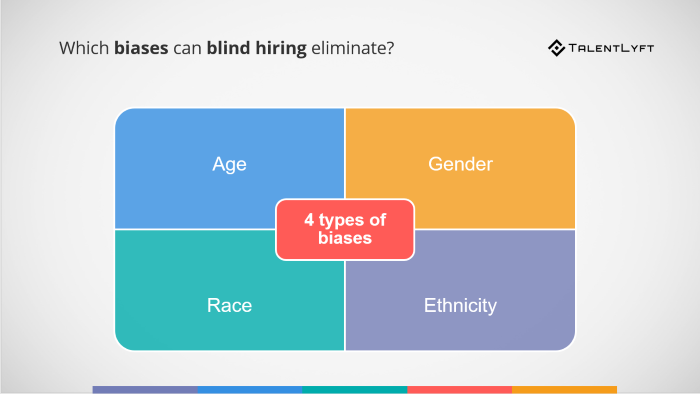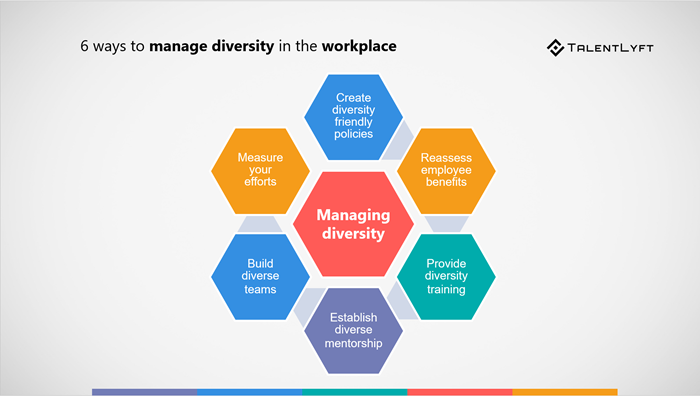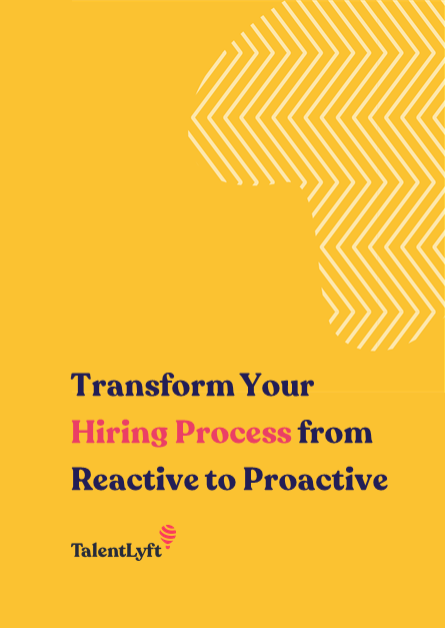![https://adoptostaging.blob.core.windows.net/article/rUBzSF78Pk68XB5_FZ7j7g.png?4615]()
Do we really need blind hiring to improve workplace diversity?
Jose Zamora was looking for a job. He wasn’t having much luck. He’d submit resumes and applications, sometimes more than 50 a day. Nobody was emailing him or calling him back. Then he decided to conduct an experiment. Jose became Joe. Suddenly employers wanted to talk to him.
Were hiring managers canning his resume because they made a conscious choice to deny someone with a Hispanic name a chance at a job? Some may have. For many others, the culprit may have been unconscious bias. Studies have shown that people with names that are perceived to be ‘African American’ or Latinx are up to 50% less likely to be called back when they submit a resume.
In any case, Jose isn’t alone. Minorities often use diminutive forms of their names, or initials to obscure their racial and ethnic identities. In some cases, women do the same.
Fortunately, blind hiring is an emerging recruitment trend, that could fix this and help companies reap numerous benefits of diversity in the workplace.

➡️ Download free eBook: 15 Recruiting Trends You Should Implement in 2019!
A definition of blind hiring
Blind hiring is a method for avoiding bias in recruitment.
Blind hiring is simply obscuring job candidates’ personal information from the hiring manager and recruiter. They don’t know the candidates, age, gender, name, or other identifying characteristics. Instead, they make the initials decisions on proceeding or not based on qualifications, experience, education, references, and the quality of the person's resume.
Which biases can blind hiring eliminate?
Blind hiring can improve workforce diversity, but it’s not as simple as blacking out some information on a resume. While anonymizing resumes is part of it, true blind hiring also removes the same information from assessments, personality tests, and other materials that candidates may be asked to complete when they apply.
This can help to eliminate conscious and unconscious bias as it relates to:

Even a zip code, street name, or city can trigger bias in the hiring process if the hiring authority perceives that people who live in that area are of a certain race or ethnicity.
Developing blind hiring practices
Those that are interested in improving workforce diversity can start by analyzing their recruitment strategies and hiring process.
First, identify places where personal information can be eliminated. For example, applicants can be assigned randomized ID numbers before their information reaches anyone. Assessments can be given under those numbers. Recruiters can be instructed to do the same.
Who can benefit from blind hiring?
In fact, it isn’t just employers who could benefit from implementing blind hiring. Staffing agencies and recruiters could do the same. Even government employment agencies could reduce the impacts of bias by engaging in blind recruiting when selecting who to send out for jobs.
By eliminating the impacts of conscious and unconscious bias, companies create a better chance of bringing a diverse set of people to the interview stage. This, in turn, creates an opportunity for building a workforce that truly reflects a commitment to diversity.
How blind hiring eliminates bias?
Blind hiring can eliminate bias in recruitment in 2 main ways, by:
1. Increasing self-awareness of bias
Recruiting managers receive dozens, sometimes hundreds of resumes to sift through. That makes it quite easy for them to be unaware of any bias they are displaying, or to deny it. They might assume a lack of diversity simply means that they didn’t get applicants from many backgrounds. Bias in these cases can simply be dismissed as coincidence.
Blind hiring can lead to a bit more awareness of the topic. A hiring manager who sees a more diverse pool of candidates might be motivated to become more aware of their own implicit bias. The more self-aware can explore that, and endeavor to do better.
2. Making discrimination easier to detect
Unfortunately, there are people in hiring positions who exercise explicit bias. As mentioned above, this is something that can be obscured in the early hiring process. As people are screened out through the hiring process, it’s a much smaller pool of people who make it to the interview stage. It becomes easier to notice, and question hiring patterns then.
For example, if other hiring managers are regularly sending women or people of color to the final interview process, and one never does, that can create a red flag. Then, questions can be asked, and appropriate action can be taken.
Blind hiring examples
One of the earliest examples of this practice began in Silicon Valley. However, it didn’t deal with racial or gender discrimination. Instead, entrepreneur Kedar Iyer noticed that hiring practices discriminated against people who didn’t attend elite colleges and universities. He created GapJumpers that assessed people on their skills, and any fancy, educational pedigree.
Later, he used this same model to allow companies to recruit without obtaining information that could trigger a biased response. This creates an audition process that allows candidates to display their talents before they are identified.
In another case, software company Compose implemented blind hiring. Their end result was that it did increase diversity, and allowed them to move talented people further through the hiring process.
Blind hiring: A first step, not a not a total solution to workplace diversity
Blind hiring is a tool. It’s not a solution.
First, it doesn’t eliminate bias in hiring after personal contact is made with the applicant. In addition to this, applicants may unintentionally reveal their identifying information before hiring managers are intended to have it. All that needs to happen, for example, is for a candidate to send a follow-up email or make a phone call. If that’s done outside of the system that’s designed to obscure identifying information, then at least one person is no longer ‘blind’ to any identifying information.
In addition to this, hiring is just one area where bias can exist in an organization. It can exist in the processes that involve selecting employees for promotions and leadership positions, and in rewarding employees for their accomplishments. Uneven application of rules and policies can be an indicator of implicit or explicit bias in an organization. It certainly doesn’t eliminate the impacts of bias that limit educational and training opportunities that qualify people for jobs in the first place.
If they want a total solution to workplace diversity, companies should learn how to build, manage and promote workplace diversity. Implementing blind hiring is a notable first step in building workplace diversity by avoiding bias in recruitment.

About the author
Margaret Reid is a self-driven specialist who is currently working in the company The Word Point and trying to improve herself in the blogging career. She is always seeking to discover new ways for personal and professional growth and is convinced that it’s always important to broaden horizons. That`s why Margaret develops and improves her skills throughout the writing process to help and inspire people.



















